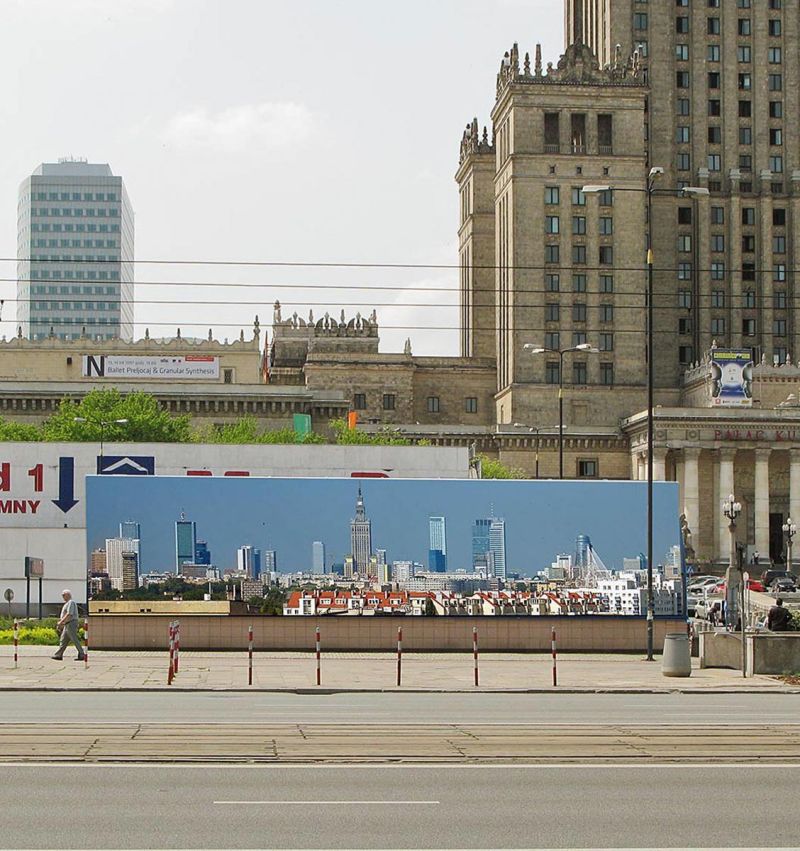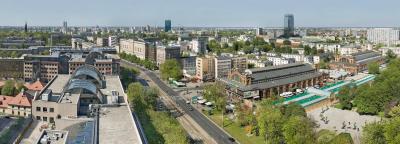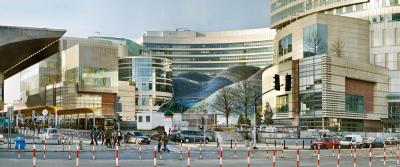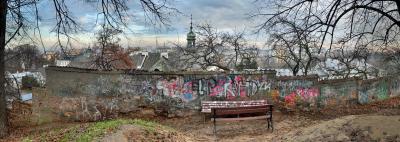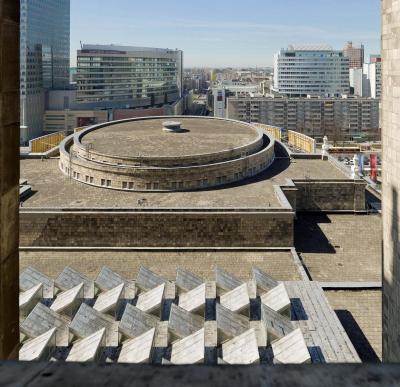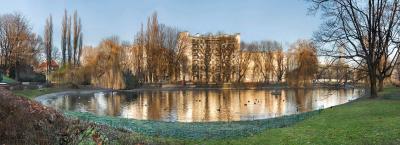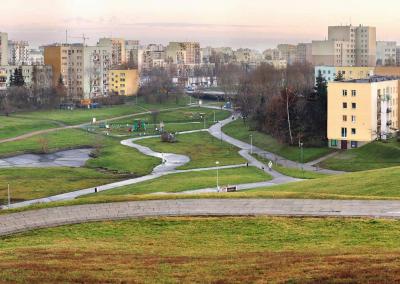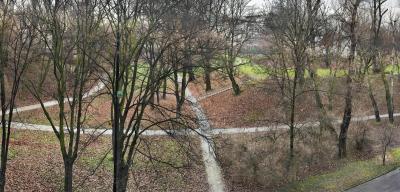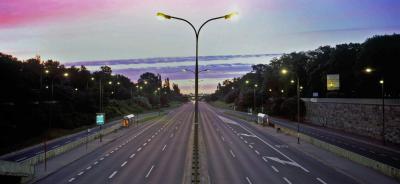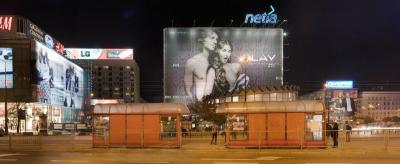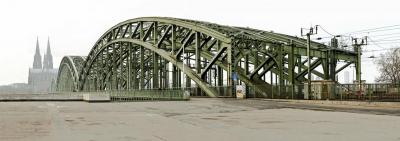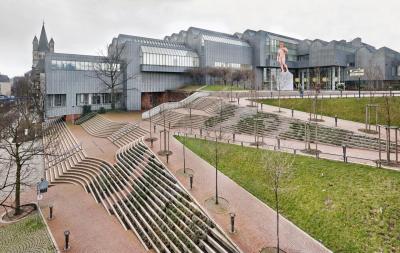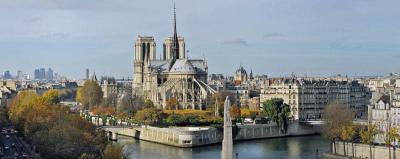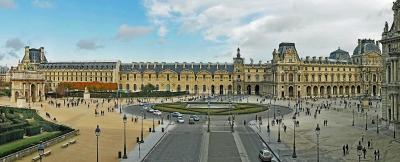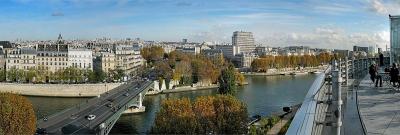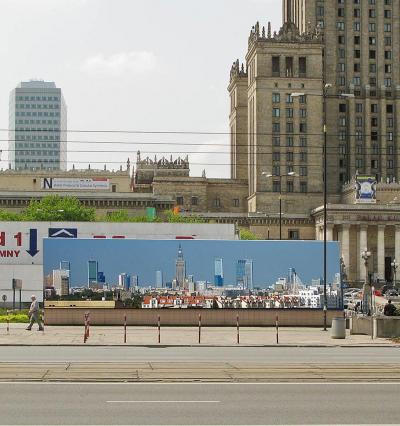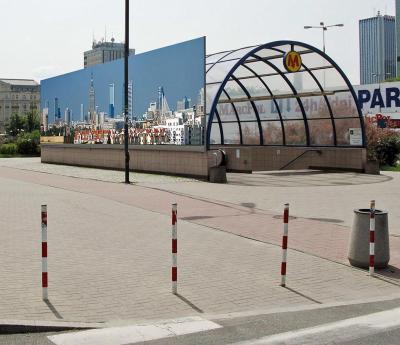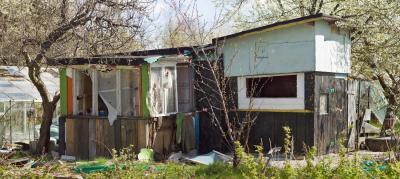Stefan Szczygieł. His photographic and film work
Mediathek Sorted
-
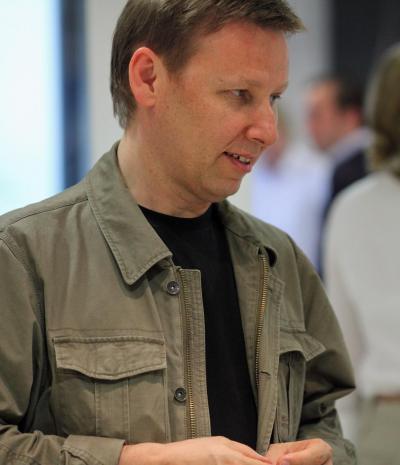
-
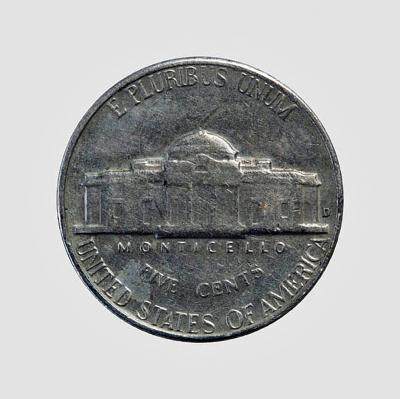
-
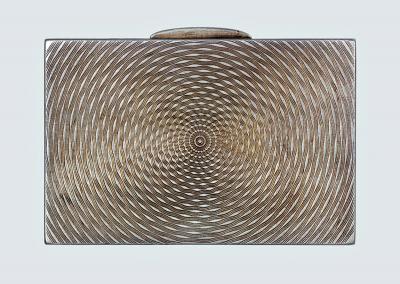
-
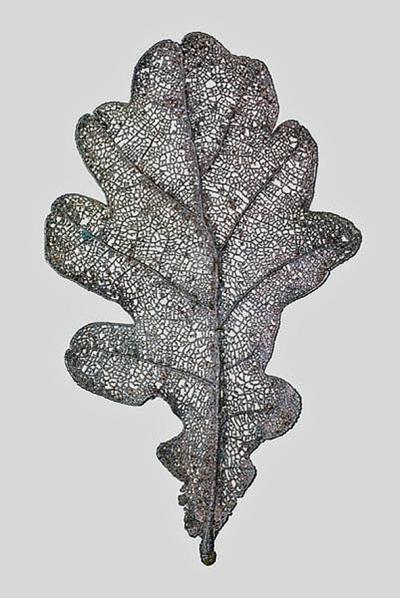
-
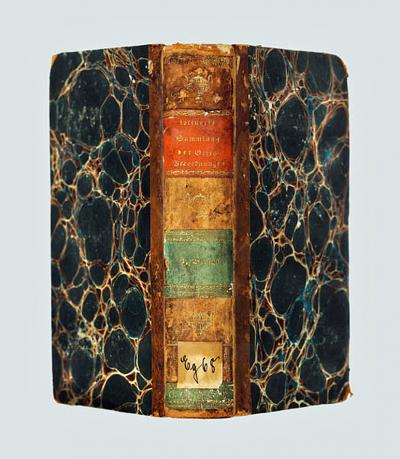
-
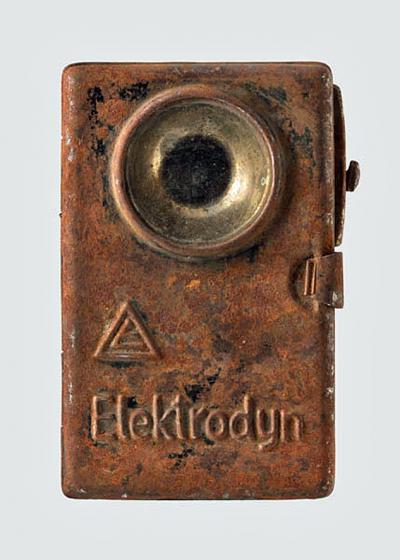
-
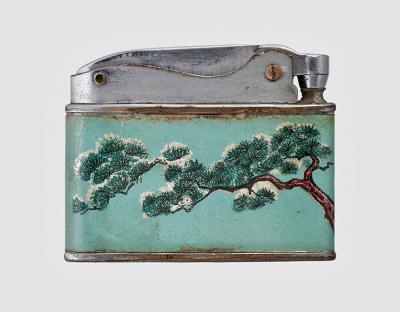
-
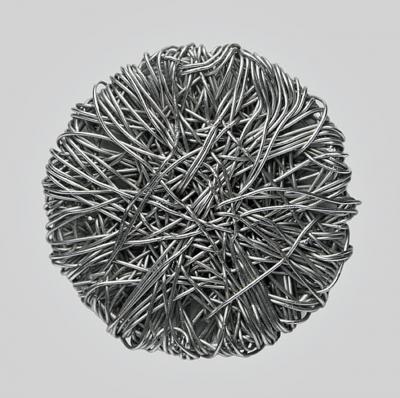
-
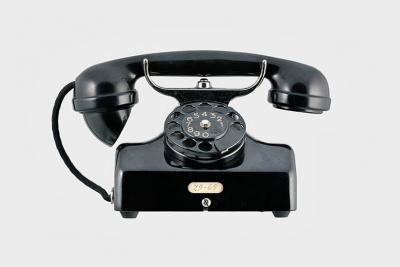
-
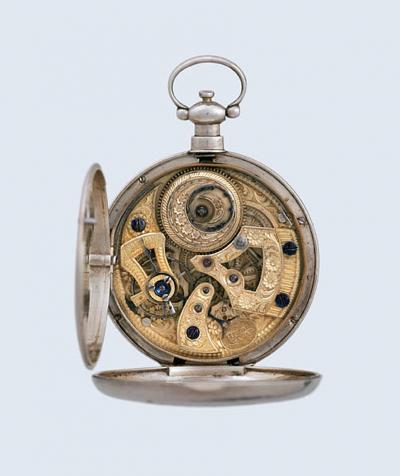
-
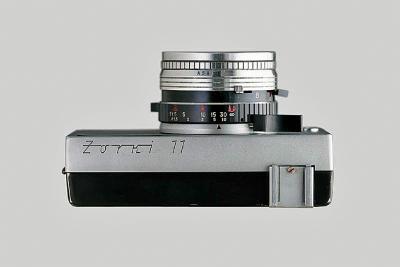
-
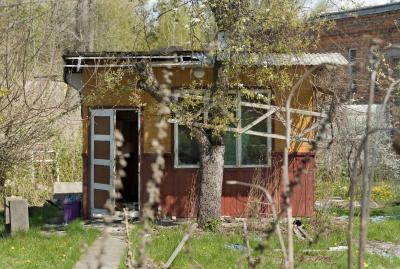
-
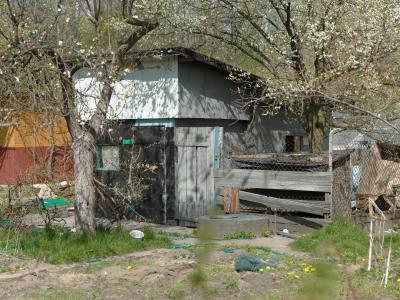
-
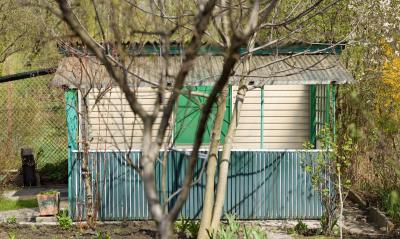
-
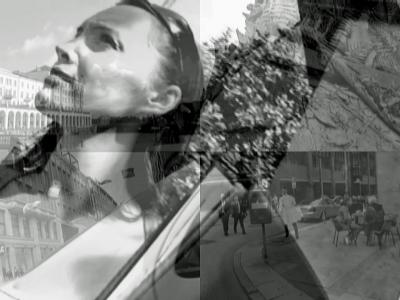
ZEITFLUG - Hamburg
-
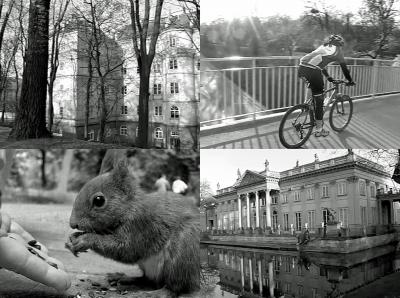
ZEITFLUG - Warschau

Stefan Szczygieł’s films reveal very specific artistic characteristics. By slowing down the shooting speed and giving the result a slow-motion effect he decelerates the urban landscape and gains an important moment of abstraction. Furthermore, since the films were shot in black-and-white, the cities seemed utterly different from real cities with their pulsating speed and frequencies. Nonetheless the films do not seem anachronistic or lifted out of time like the Blow Ups. It is rather the case that Szczygieł used the lack of colour, the deceleration and the resulting degree of abstraction to dis-locate experiential time clearly from real time. Thus we, the viewers, experience the city between two aggregate conditions and this makes it seem new, unseen and extremely innovative. We think the real city has changed places with its cinematic lookalike, or at least has been mixed up with it. In addition Szczygieł’s choice of showing the film in black-and-white suggests a historic component; for we only know this in the form of technically simple, old-fashioned “newsreels” that were shown in cinemas in the mid 1950s.
Thus it is no surprise – indeed it is much more characteristic – that the premiere of the films ZEITFLUG – Hamburg and ZEITFLUG – Warsaw at the 17th Hamburg Film Festival in 2009 in the “Metropolis Kino” took place as a guest showing in the old “Savoy” cinema.
It is worth mentioning a further characteristic in the film series: Szczygieł shoots his films from a slightly lower perspective as if the camera is being held by a child. This makes everything appear to be larger. Even people seem to be taller than they are and this shift in perspective is linked in the minds of the viewers with the idea of “discovery”, just as children discover their surroundings. Indeed, the decelerated, washed out space in ZEITFLUG gives people of all ages a chance to discover the world anew.
Another remarkable factor is decisive for the quality of his films. The passers-by and protagonists do not seem to be aware of the camera. No one looks into the lens, feels observed or consciously reacts to the fact that they are being filmed. No one waves their hand, glances unsurely or turns away, although Szczygieł sometimes comes extremely near. Without using a telescopic lens, the camera show a man’s upper arm, the hands of a woman reading a book, and the wrinkles on the face of a homeless man. We get to see the surfaces of objects just as we are able to observe the material of the headscarf worn by a young woman. The townsfolk move around normally in a completely relaxed fashion as if the camera does not exist. The connection between existence and people’s behaviour on the street, independent of their activities and the way in which Szczygieł uses his camera, turns some of the slow-motion images of the people into stills, in both senses of the word (sculptures and snapshots), and parts of the urban architecture.

















































































